HTC Vive Pro vs Samsung WMR Odyssey 2018: Which should you buy?
Virtual reality is our latest passion. We scour the virtual and physical world to bring you the best accessories and software for VR. Hundreds of hours are spent researching so you don't have to.
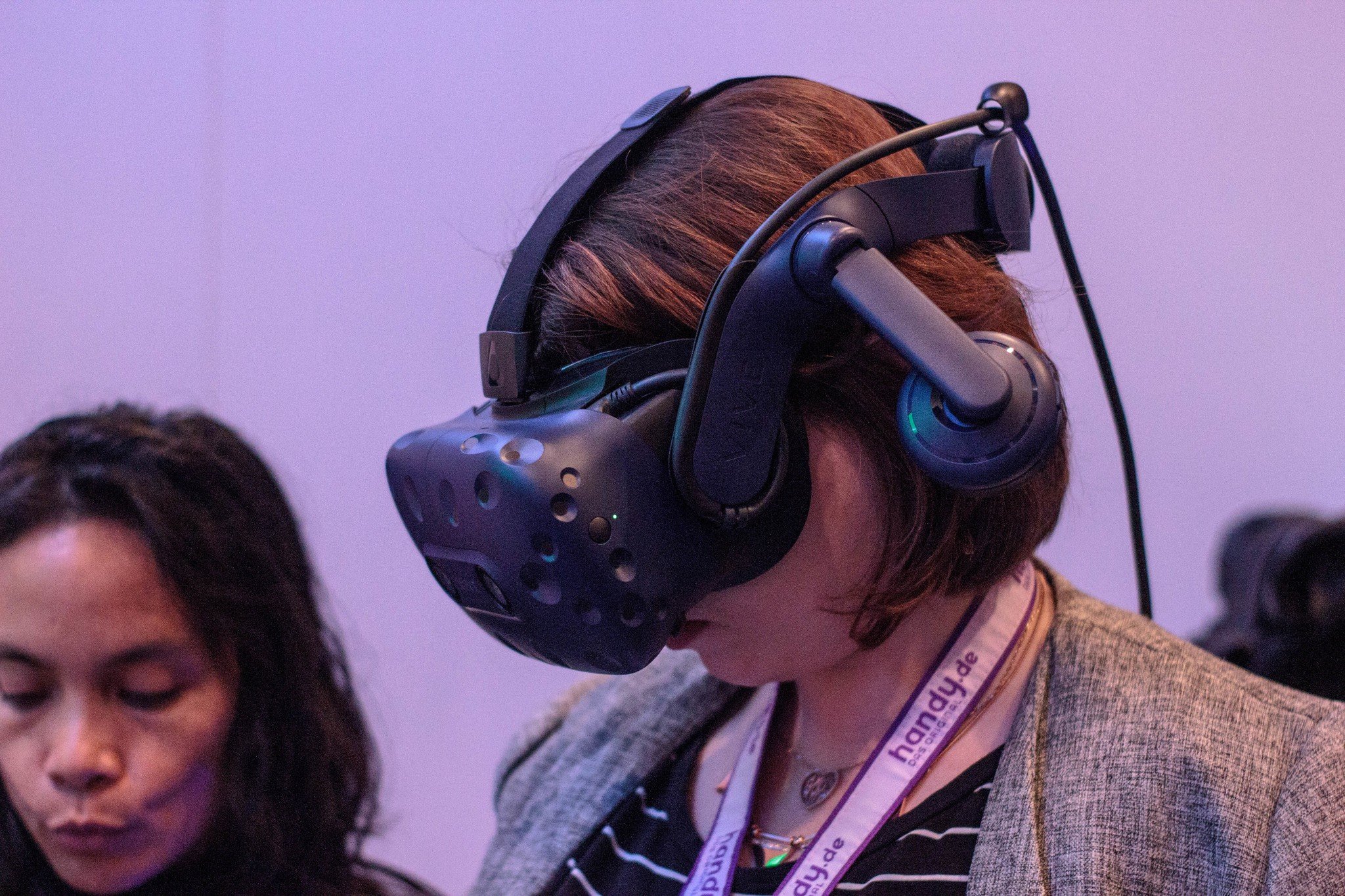
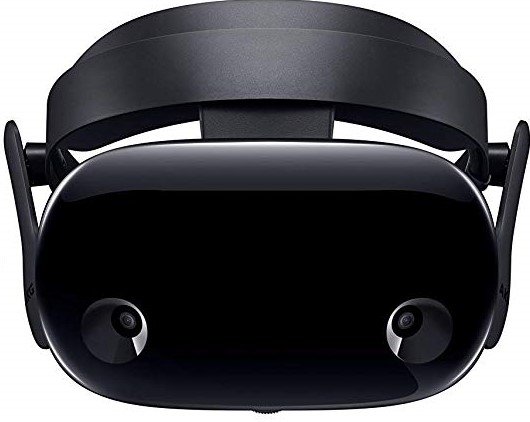
Peak Mixed Reality
The Samsung Odyssey is the Mixed Reality to beat. With a huge resolution and almost no Screen Door Effect, Samsung has made an excellent consumer product. We just wish it was more comfortable over long gaming sessions.
For
- Almost no Screen Door Effect
- Easy to connect to most PCs
- Beautiful design
- AKG headphones built-in
Against
- Single head strap
- Can be uncomfortable for long sessions
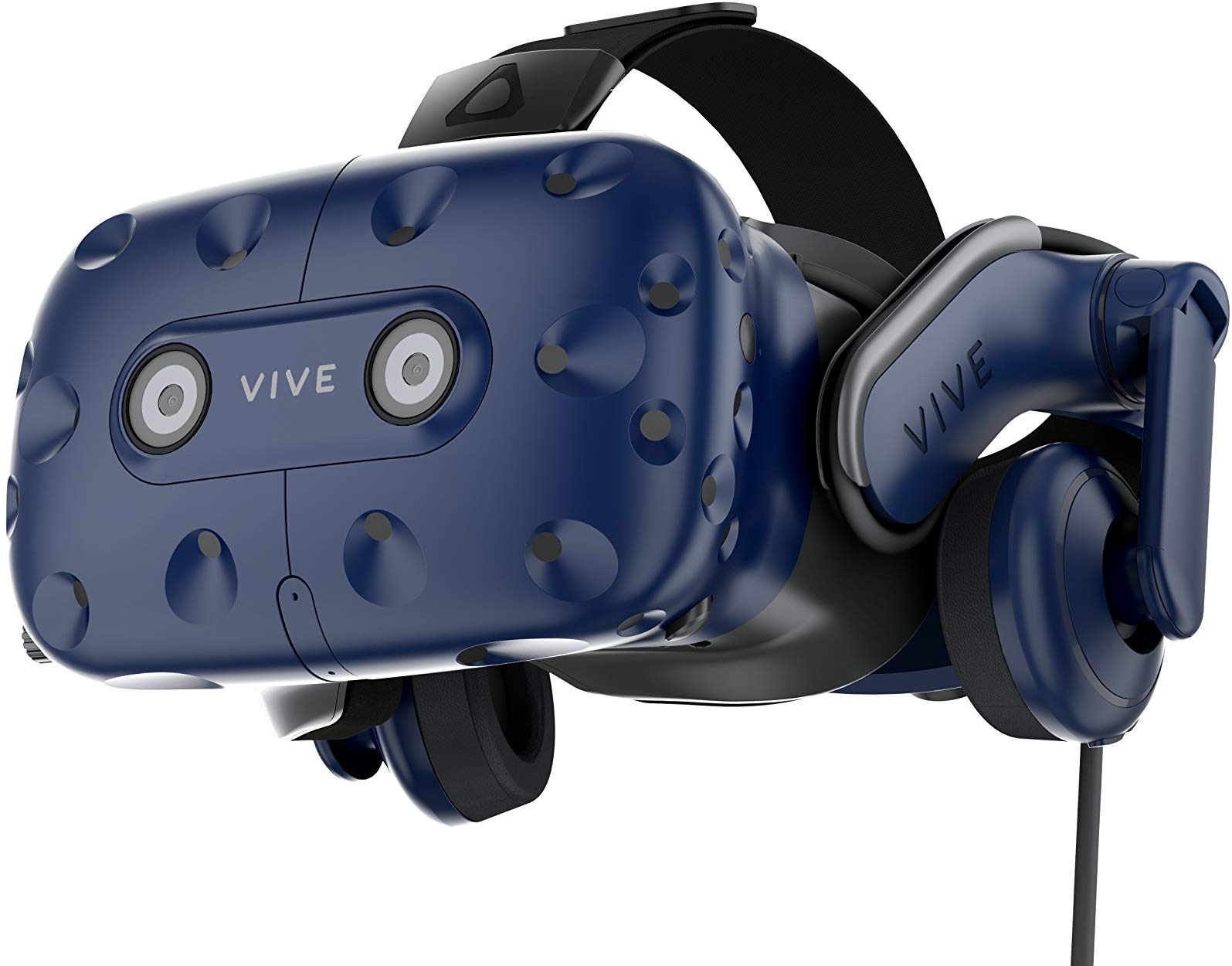
The top dog in VR
The HTC Vive Pro is what happens when a company puts all its virtual eggs in one basket. It's the most comfortable and one of the most powerful headsets we have ever used, and if it wasn't so expensive it would be our automatic pick for everything.
For
- Almost perfect weight distribution
- High-resolution screen
- Excellent tracking
Against
- Extremely expensive
- Geared towards the commercial sector
HTC revealed an updated Vive Pro at CES 2018, bringing a new display, redesigned head strap, new controllers, and even new lighthouse motion sensors. Samsung's Odyssey Windows Mixed Reality (WMR) headset is so far the most deluxe of the headsets, offering a design that's actually quite close to that of the Vive Pro. While the Vive Pro is clearly the more powerful, its use is more commercial as opposed to the consumer-oriented Samsung Odyssey.
Head to head
Looking at the specs below, these two headsets are quite closely matched. Both have the same resolution and pixels-per-inch (PPI), and both offer the same field-of-view (FOV) and max refresh rate.
The original HTC Vive had some significant Screen Door Effect (SDE) — a fine grid of lines that you notice if you let your eyes unfocus — that the Vive Pro has rectified. The Samsung Odyssey Plus has already mostly done away with this effect with its ANTI-SDE technology — somehow they have upped your perceived resolution to an impressive 1,233 PPI — and the image quality is beyond impressive.
| Category | HTC Vive Pro | Samsung Odyssey Plus |
|---|---|---|
| Display | Dual AMOLED3.5 inches | Dual AMOLED3.5 inches |
| Resolution | 1,440 x 1,600(2,880 x 1,600) | 1,440 x 1,600(2,880 x 1,600) |
| PPI | 615 PPI | 615 PPI (1,233 user perceived) |
| FOV | 110 degrees | 110 degrees |
| Refresh rate | 90Hz | 90Hz |
| Connection | USB-C 3.0DisplayPort 1.2 | USB-A 3.0HDMI 2.0 |
Comfort
The Vive Pro has done away with the elastic head strap that was found on the original Vive, replacing it with a padded plastic band that wraps around the head. There is still an elastic strap on top to help keep the headset from slipping down your face and to help distribute the load more evenly. Like the Odyssey, there is an adjustment dial on the back to keep it snug.
The Odyssey Plus has the same padded plastic band, though there is no extra elastic strap on top. The entire thing is far less bulky than the Vive Pro, although some users have reported that the headset digs into the forehead after an extended period of play. However, HTC added an extra 24 percent of bulk to the surface area and the face gasket (including the nose cover and foam padding) than the original Vive had and that translates to more comfort due to the excellent weight distribution from those head straps. When more of the headset touches your face, the more the weight is dispersed.
Audio
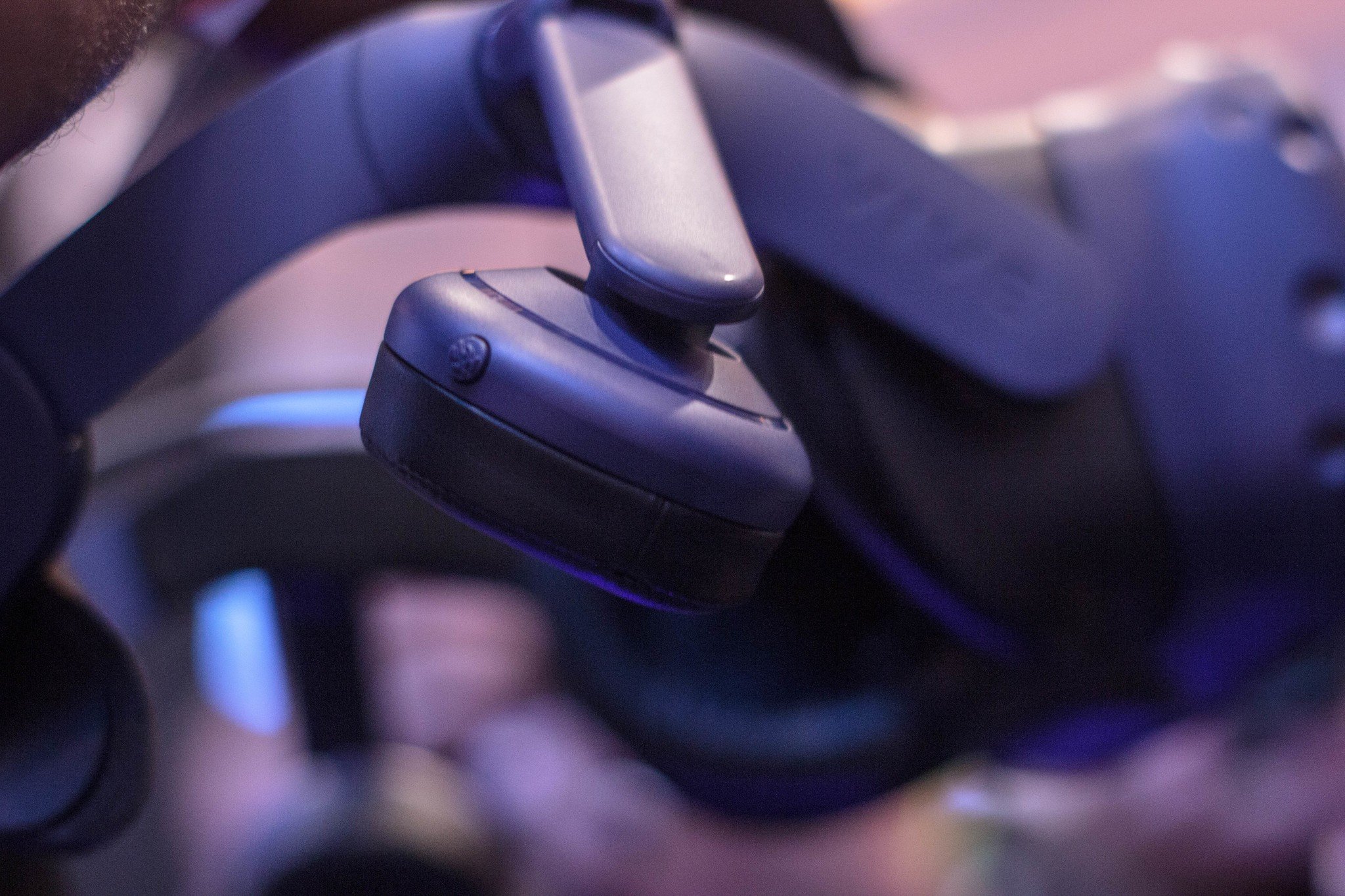
Both headsets feature built-in headphones that can be removed if you'd rather use your own. However, the addition of these headphones means you have one less cable to worry about while you're navigating a VR world.
The AKG headphones built into the Samsung Odyssey Plus deliver some impressive spatial sound but, if you prefer, you can remove them and add your own headphones. The Odyssey also has a built-in microphone that can be used to give Cortana commands or to chat with players in multiplayer games. There's a bit of standard noise cancellation, but nothing spectacular.
Get the Windows Central Newsletter
All the latest news, reviews, and guides for Windows and Xbox diehards.
The Vive Pro, on the other hand, has a dual microphone setup with smart noise cancellation that will still let conversation directed at you through, allowing you to converse with the headset in place. The Vive Pro's headphones are Hi-Res Audio certified, meaning you're getting top-quality digital sound without the need for bulky hardware.
For the best audio experience, the HTC Vive will likely pull slightly ahead, but the Odyssey is not far behind.
Conclusion
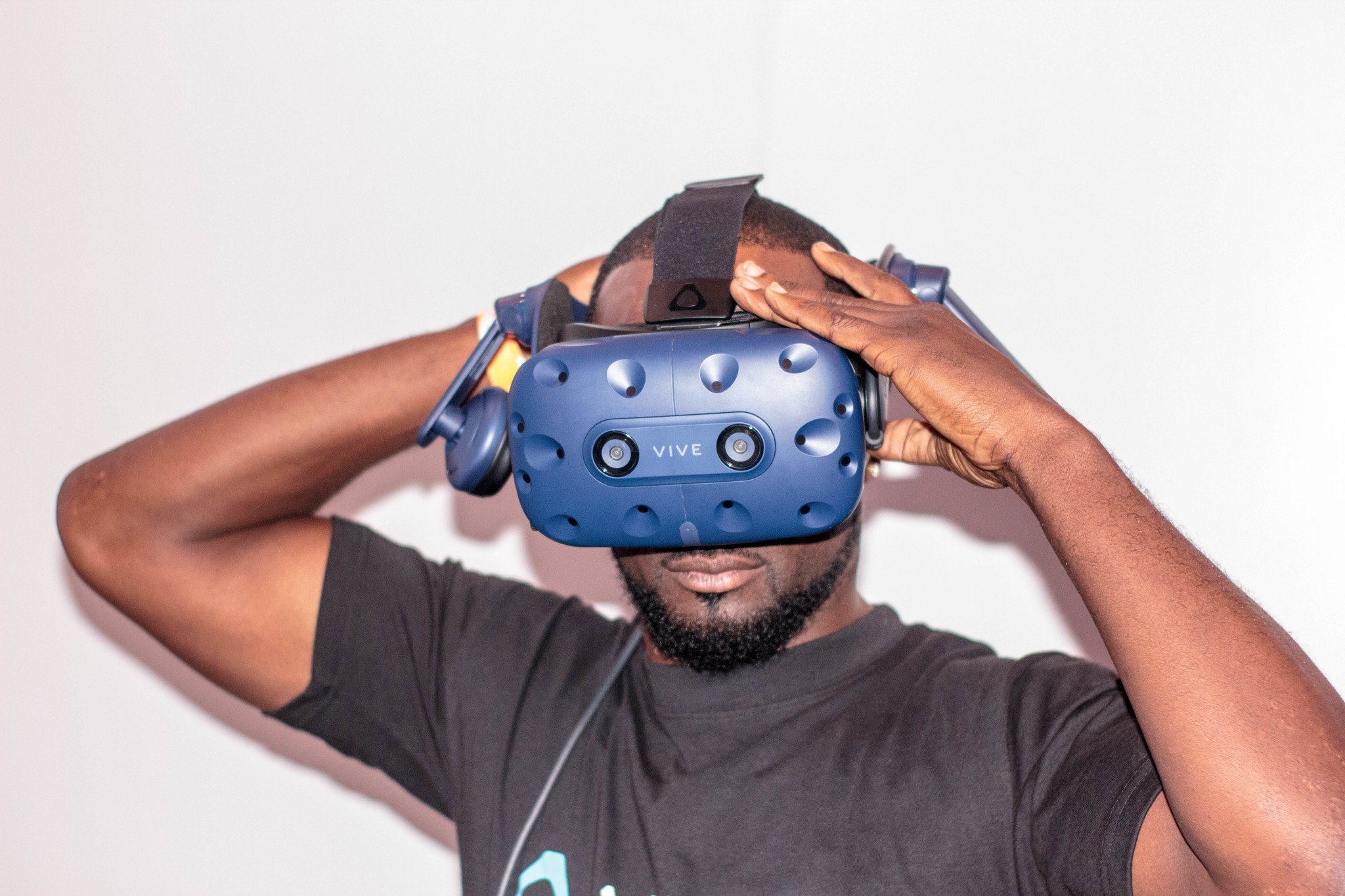
After putting these two headsets side-by-side, it's clear that competition will be stiff. The Samsung Odyssey Plus is no doubt the device you'd be most likely to call "pro" out of all WMR headsets, and its specs are mostly on par with those of the Vive Pro with the added addition of some fancy Screen Door technology.
If you're looking for the absolute best picture, either of these headsets will make a great choice. A final decision might come down to which connections your PC is using, and whether or not you want to invest in dongles or adapters for the USB-C and DisplayPort used on the HTC Vive Pro.
The Vive Pro headset is available for around $800, which is about $200 more than the Odyssey Plus, though the Odyssey Plus does come with controllers. Keep in mind that the Vive Pro cost currently doesn't include the new lighthouses or motion controllers. If you want to add those the price jumps all the way up to $1,400 which may be too pricey for the average person.
Go with Samsung if you want affordable but high-end VR
At just $500, the Samsung Odyssey is the clear winner for the budget conscious consumer. Windows Mixed Reality has the full weight of Microsoft behind it so we should see good things and the Odyssey will let you see them in the best way.

A powerful WMR headset
Matching the specs of the HTC Vive Pro isn't easy but the Odyssey Plus by Samsung manages to do it, and do it $200 cheaper. Buy this if you want the best of Windows Mixed Reality but be ready to take lots of breaks to adjust the fit.
Buy the Vive Pro if you want the most up to date VR machine around right now
The HTC Vive Pro is where the future of VR is going. With the introduction of the new tracking lighthouses as well as the wireless addition, the Vive Pro is future proofing you. Be aware though, that future comes with a hefty price tag.

The best VR headset you can buy
Everything about the HTC Vive Pro shows the quality of the product. From the weight distribution to the built-in headphones, the Pro works almost flawlessly to deliver the best in VR. I just wish it was a sensible price. Get this if you have the money to spend or you're looking to use it commercially.
James built his first PC when he was 13 and has never looked back. He can be found on Windows Central, usually in the corner where all the 3D printers are, or huddled around the Xbox playing the latest games.

